|
Many bagworms have hatched and have come out of the mother's bag but we are still a bit early to treat as we may miss those that are late to emerge. The latter half of June is a good target to treat for these insects. However, make sure you have living bagworms as sometimes natural predators and parasites provide good levels of control. Look for a miniature version of the mature bagworm. They are still tiny and are about the size of the lead point on a pencil.
Insecticides commonly used for controlling bagworms include spinosad (Conserve; Fertilome Borer, Bagworm, Leafminer & Tent Caterpillar Spray; Captain Jack’s Dead Bug Brew, Bonide Caterpillar Killer), Bacillus thuringiensis(Dipel, Thuricide), acephate (Acephate, Orthene, Bonide Systemic Insect Control), cyfluthrin (Tempo, Bayer Vegetable & Garden Insect Spray) and permethrin (numerous trade names). Products containing Bacillus thuringiensis (BT) are only effective when used against bagworm larvae while they are still small. Note that spinosad and BT are both organic but spinosad is a more effective product, especially on larger larvae. Thorough coverage is vital for good control. Most failures are due to the spray not penetrating deep enough in the tree rather than the insecticide not working. (Ward Upham) Turfgrass: |
AuthorsCynthia Domenghini runs the Horticulture Response Center in the Department of Horticulture and Natural Resources at Kansas State University. Other contributors include K-State Extension Specialists. Archives
March 2024
Categories
All
|
| K-State Research and Extension Horticulture Newsletter |
|
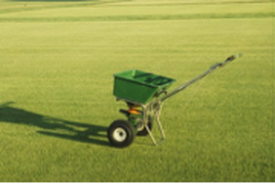
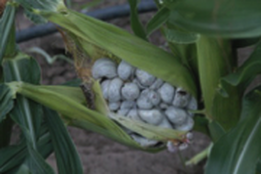
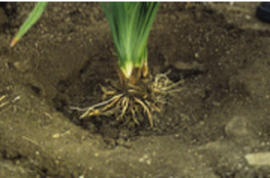
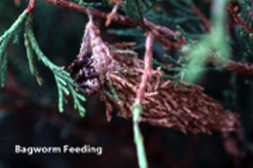
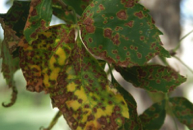
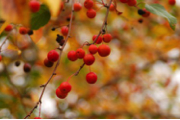
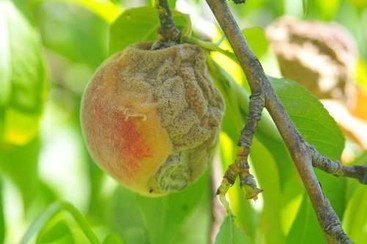
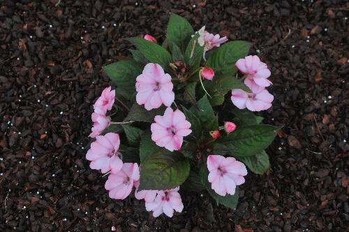
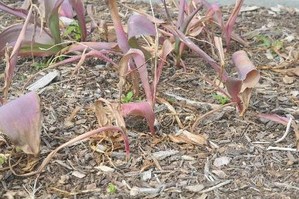
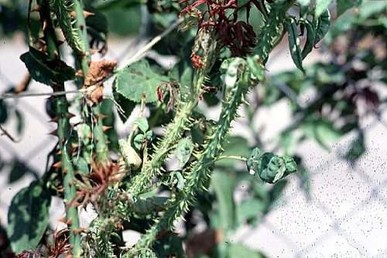
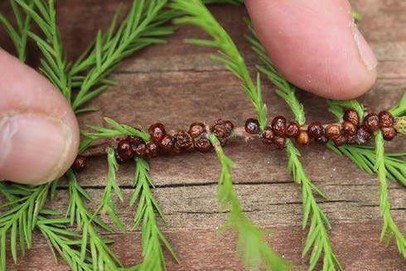

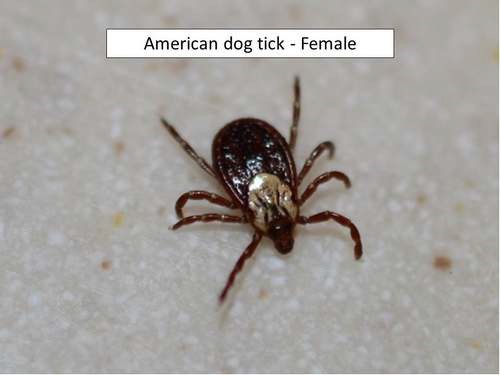
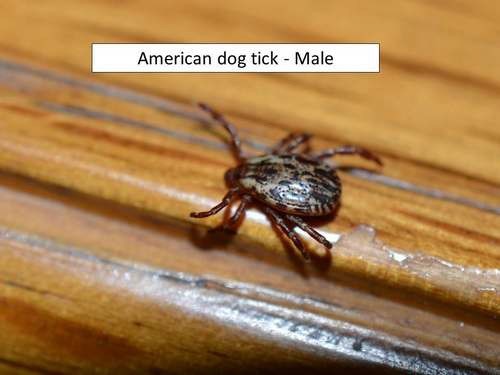
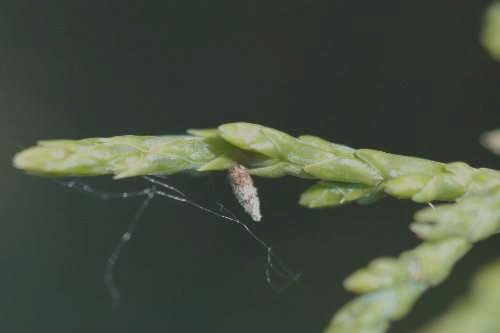
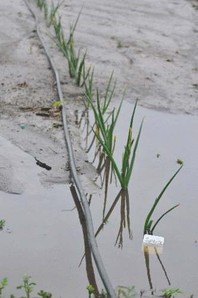
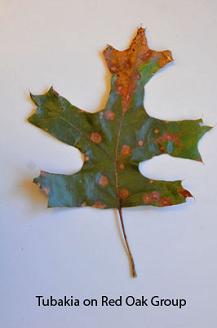
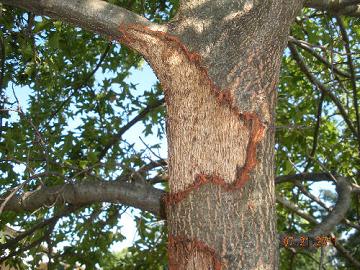
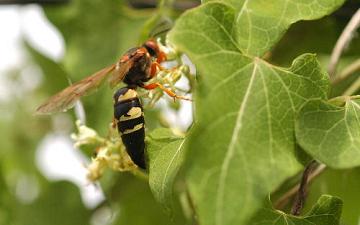
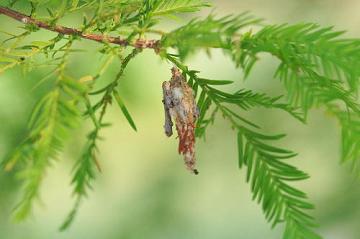
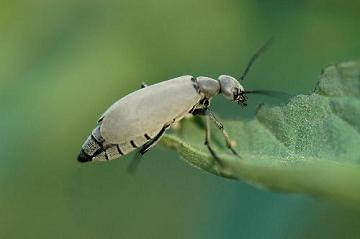
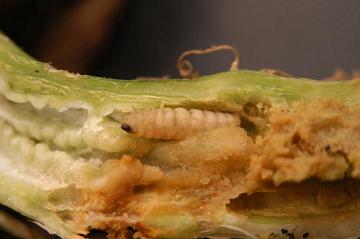
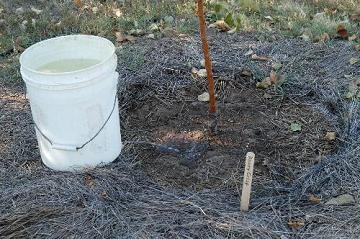

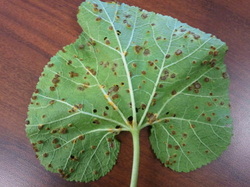
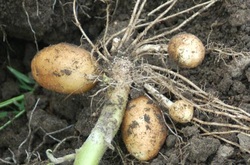
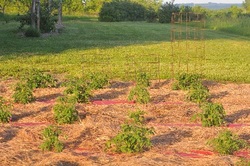
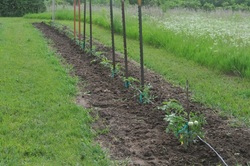
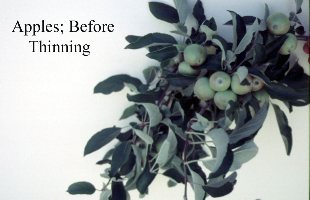
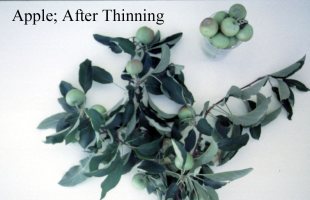
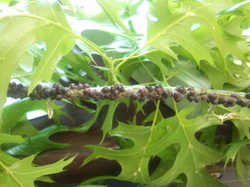
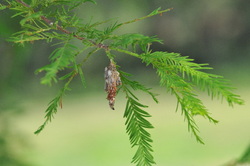
 RSS Feed
RSS Feed
